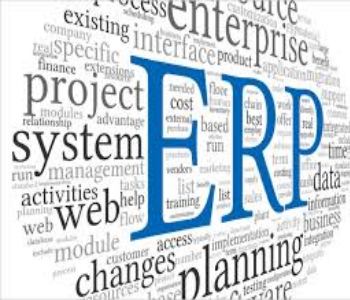 One way businesses are coping with the challenge of optimizing and upgrading enterprise apps is to avoid customizing. For their part, service providers are offering more options for configuring applications for particular requirements and industries. However, in some cases, configuration options are becoming numerous and layered that they present their own challenges.
One way businesses are coping with the challenge of optimizing and upgrading enterprise apps is to avoid customizing. For their part, service providers are offering more options for configuring applications for particular requirements and industries. However, in some cases, configuration options are becoming numerous and layered that they present their own challenges.
That is why some organizations hold off on upgrades, weighing the benefits of the new features against fixing broken adoptions. The key is not to customize. While it might be appealing to add few code lines, customizations have a way of multiplying and adding up to trouble, especially during upgrade cycles. When integrating an ERP system to a website, the two words that one is likely to hear are configuration and customization.
Both works in conjunction with one another, but there is a subtle difference between them. Configuration deals with the system components but not the business process requirements. Configuring enables the components to work within a given environment, including currencies, language, time zones and more. On the other hand, customization specifically operates to suit the business needs. This could include anything from adjusting screens and views to changing information that’s displayed for a given group.
Configuring an enterprise resource planning system is of the most critical parts of the process. This means changing the parameters that meet the organization’s language, financial, shipping and customer-facing needs. One could also configure the program to recognize revenue through a certain set of specifications, such as product line or geographical unit. Most configurations survive software upgrades while certain ones do not. Configuration is the normal framework set-up, such as fields, parameters and workflows. The changes are a normal part of any implementation and do not need changes to the source code.
Customization is one of the most controversial topics that surround ERP software. It requires changes to the source code and also a higher level of technical sophistication. Often, business objectives and wants could be met via set-up and configuration than customization. The ERP process could be as large a task as the company requires it to be. Although the ERP package should be configured before it is used, customization is optional. However, it greatly boosts the functionality of the program. Tailored solution may include expanding the functionality with third-party freeware, company-centric task management processes and more. Most organizations begin with the full intention of leveraging off-the-shelf package when they upgrade, replace or implement an extensive application. Nevertheless, as companies get into implementation details, request to make one or more customizations to the program are inevitable.
Every organization is unique and no single solution is going to meet 100 percent of company requirements. Nevertheless, finding the right ERP with the best functional fit would ensure that tailored requirements are minimized. Finding the right program involves defining a clear set of needs and choosing the best solution based on the needs. Often, customizing could be avoided via changing company process or using the workflow features of the package. When customization is required, the modifications must be reviewed and approved by some kind of control body, for instance a change control board.